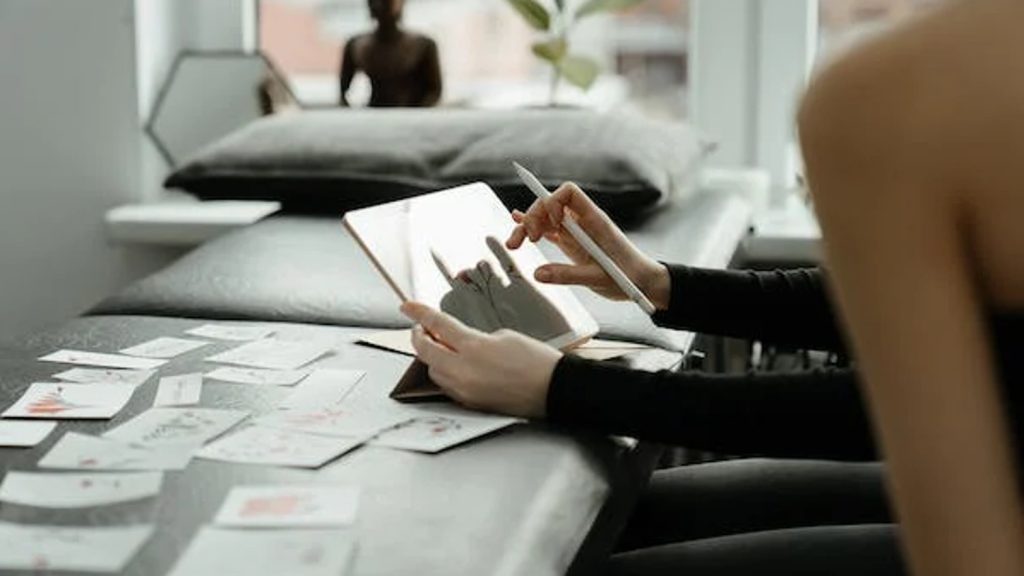Teaching the next generation of designers and giving them a competitive edge can be achieved without sacrificing your teaching ideals, writes Claas Kuhnen of Wayne State University in the US
Since I started to study design 22 years ago, technology has advanced radically, not only transforming our classroom, but also giving us the ability to innovate even the process we use when designing.
As an educator, this is very important, because it not only provides a solution to accessibility issues (hard and software cost) and further democratises design, but it also enables students who all have different skill sets to productively participate.
In my teaching philosophy, the guiding narrative is: ‘Why do we teach something?’ Traditionally in industrial design, sketches are valued more than 3D modelling in CAD, because it is often assumed that sketching is faster and more productive.
This way of thinking, in my experience, is often based on an incorrect and limited understanding of what 3D modelling can be. In short, with the correct tool, one person might 3D model just as fast as another person could illustrate their ideas via sketching. The reverse of this is that elaborate and detailed marker renderings can take as long as detailed CAD models.
To my surprise, in education, the ‘sketch first, 3D model later’ process is still very common. This ignores the human aspect: students have different abilities. Some are better sketchers, some are better 3D modellers. And, unfairly, students who can draw are often valued more. It’s assumed that they are more creative, because they can express their ideas better and faster.
As an educator, my task is not to provide an apprenticeship-like education that forces students through one narrow tunnel of accepted methods and tools.
Instead, it is to provide students with a solid general foundation, and then give them diverse options to further develop their skill sets, based on their own interests, resulting in very unique and individual design personalities.
And by diversifying teaching tools and methods, you can also help each student to improve in areas where they are weak.
As designers, we are not artists. We present information. It should not matter how we arrive at the final proposal – but more that we do arrive there.
Sketching is two-dimensional and allows you to quickly explore orthographic studies or details. Perspective sketches, on the other hand, are more time-consuming to create accurately.
In contrast, 3D modelling allows me to experience an idea more from a threedimensional aspect. I can rotate and evaluate proportions in a way I can’t with hand sketching. And it is true that quick local edits in a 3D model can be labour intensive compared to quick sketch studies.
The point I am making is that each method has its advantages but also its disadvantages. The beauty of mixing the two together is that they inform each other.
New directions with iPads
I started the iPad programme in my department at Wayne State University, and it radically transformed how students operate in my classroom, because of two apps: Shapr3D and Concepts.
Shapr3D’s parasolid 3D modelling comes with an incredibly intuitive interface and workflow. It provides a very fresh approach to 3D modelling by not abiding to traditional CAD workflows and instead puting the designer in front. In Shapr, 3D modelling feels more like 3D drawing.
Concepts also provides a very different approach and toolset to assist creative minds. Instead of going with the usual pixel-based workflow, it uses paths, which can be styled to look like a pencil, marker, airbrush and other tools, enabling a student to adjust literally every single stroke created afterwards, when cleaning up or changing sketches, without the need to redo parts.
To top this, Concepts also allows you to sketch with a scale, measuring your lines even while you draw and enabling you to precisely understand the dimensions of your work.
This is an incredible emotional liberation, because students know that there are no time-costly mistakes anymore. This promotes more ‘fearless sketching’ and designs are proportionally correct.
This all runs on an iPad, giving students the ability to work when and wherever they want. In addition to mixing 3D and sketching via overlays in Concepts to document their work, students can also make use of various LiDAR and photogrammetry-based apps to digitise objects and include them in their design process as a precise 3D blueprint underlay reference.
Now imagine a workflow where a student creates a basic 3D model of a hairdryer. They create a screenshot, mark up the handle brown and let an AI app like Draw Things on the iPad generate material. They then document and analyse this in Concepts to develop their ideas in Shapr3D, versus the common ‘sketches and marker/ photoshop renderings’ way of teaching.
The recent invention of AI in image processing will, in all probability, further change how we use 3D rendering, since AI can now be based on depth data, adjusting basic 3D models respecting the three dimensionality.
I entered design education due to my own enjoyment from learning and experimenting with technology. Now is an amazing time to teach, implementing this in my classroom and giving students the ability to inject that new understanding into the industry once they graduate.
About the author:
Claas Kuhnen is an assistant professor for interior and industrial design at Wayne State University, focusing on a modern and interdisciplinary approach to digital 3D design methods and technology.
He’s on Twitter: @claaskuhnen






